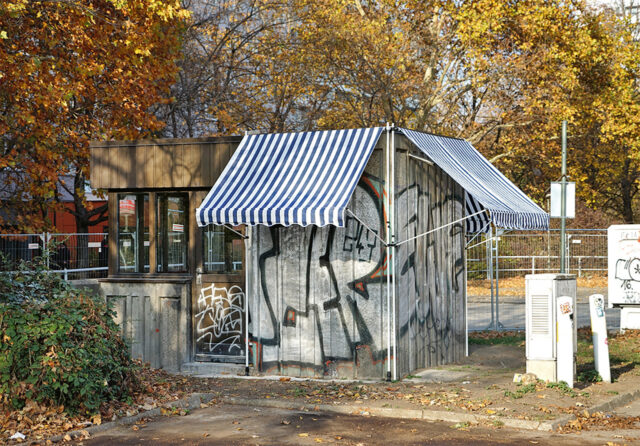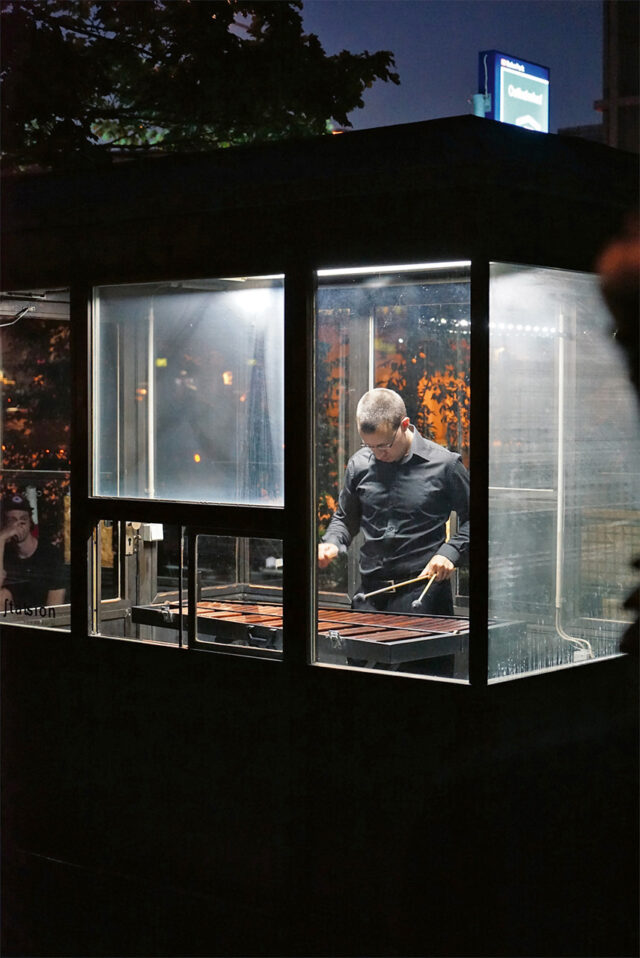
Andrea Pichel, CNTRM 2, 2018, Foto: Christof Zwiener

Sonya Schönberger feat. Julius Heise, like a monkey with a miniature cymbal, 2015, Foto: Christof Zwiener

Andrea Pichel, CNTRM 2, 2018, Foto: Christof Zwiener

Sonya Schönberger feat. Julius Heise, like a monkey with a miniature cymbal, 2015, Foto: Christof Zwiener